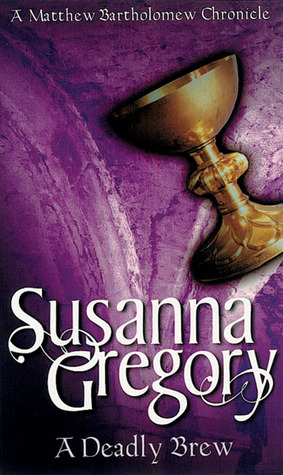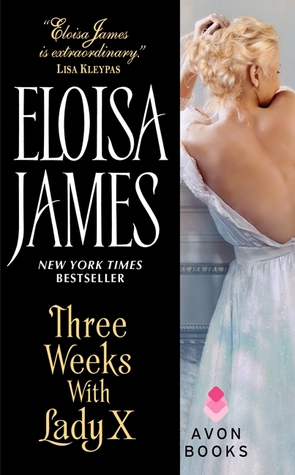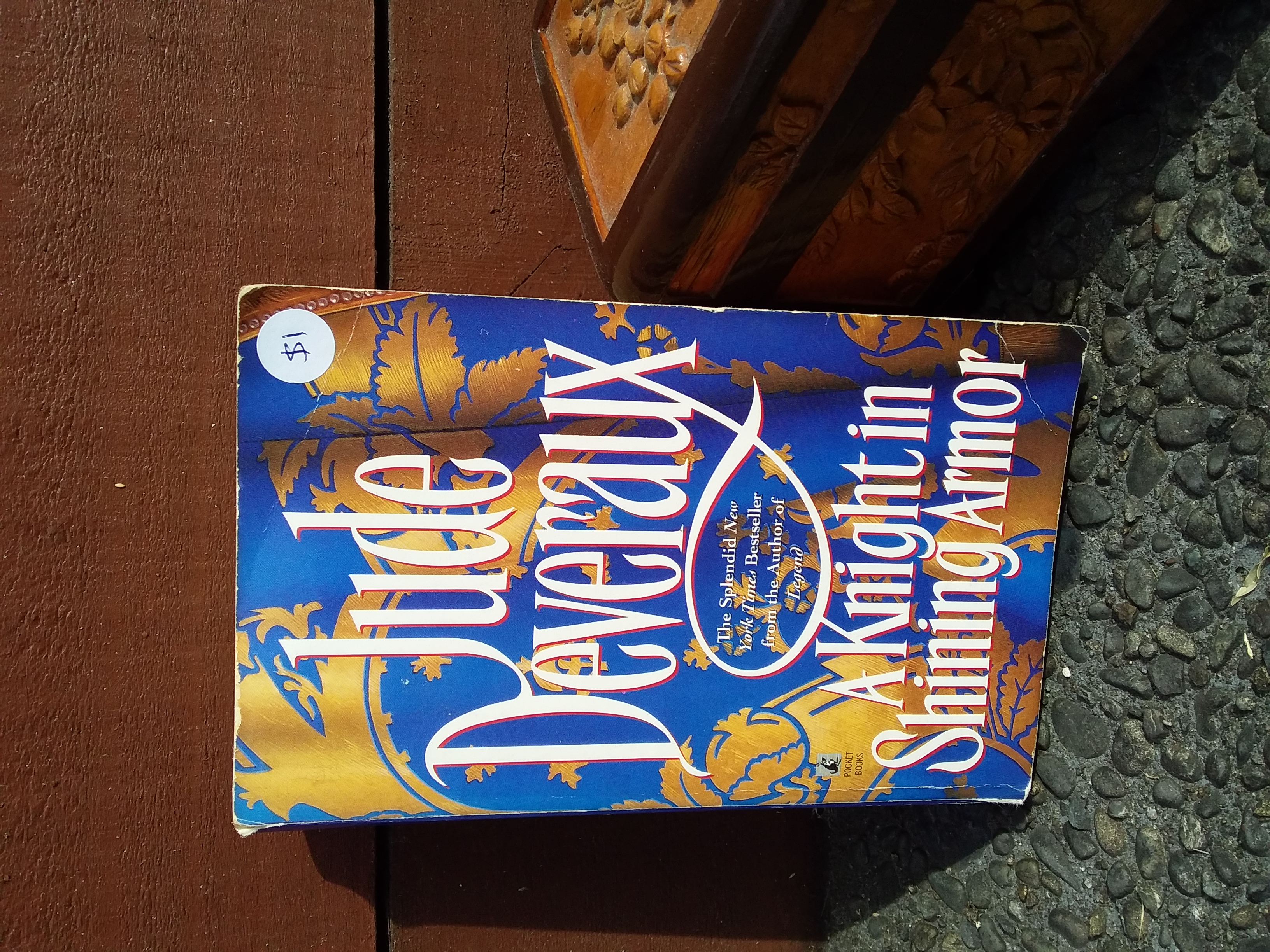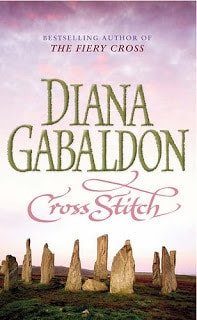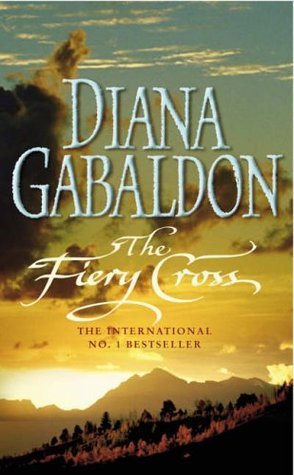Review of Once Tempted, a regency era romance by Elizabeth Boyle

This post may contain affiliate links, which means I may receive a commission, at no extra cost to you, if you make a purchase through a link. Please see our full disclosure for further information.
Synopsis
Olivia Sutton was deceived by and fell in love with a man who really only wanted her to tell him where a treasure called “The King’s Ransom” is hidden. She escapes and goes into hiding, having been wrongly accused of murder. Years later, the man who ruined her life returns from the grave and Olivia goes to confront him.
Turns out it’s not the same man, but his cousin. Robert is on a mission for the crown to find The King’s Ransom to fund the ongoing war against Napoleon for the Iberian Peninsular. To this end, he takes Olivia with him to Portugal.
While there, the truth about the man that Olivia was accused of murdering comes out, and as much as he might resist it, Robert falls in love with her. They join the war, look for the treasure, and finally deal with the ghosts that have been following them for seven years.
Review
Once Tempted was different and entertaining. It was good to see a heroine who participated in a major event that happened. Many books set in this period completely brush over or ignore the wars going on at the time. However, in this book, the wars are integral to the plot and we see the characters participating in them.
Some things seemed quite implausible. Olivia’s code breaking abilities is one (she deciphered a document that had stumped the rest of the world for centuries). The fact the Robert and his cousin look so identical is another. It’s all just too convenient to be believable.
It was interesting how the villain doesn’t show up until the end. The effects of his actions are felt throughout the book, and he is mentioned regularly. However, we are led to believe that he died years ago (even the heroine is surprised when he appears).
Overall, I enjoyed this book. It wasn’t spectacular, but I enjoyed it. The hero was hunky, the heroine was spunky, and the pair of them had great banter. There were all the typical barriers to their relationship and near misses that might have resulted in death before they could get together.
Conclusion
Have you read Once Tempted? What did you think? Do you agree with what I’ve said about it? Let me know in the comments.
